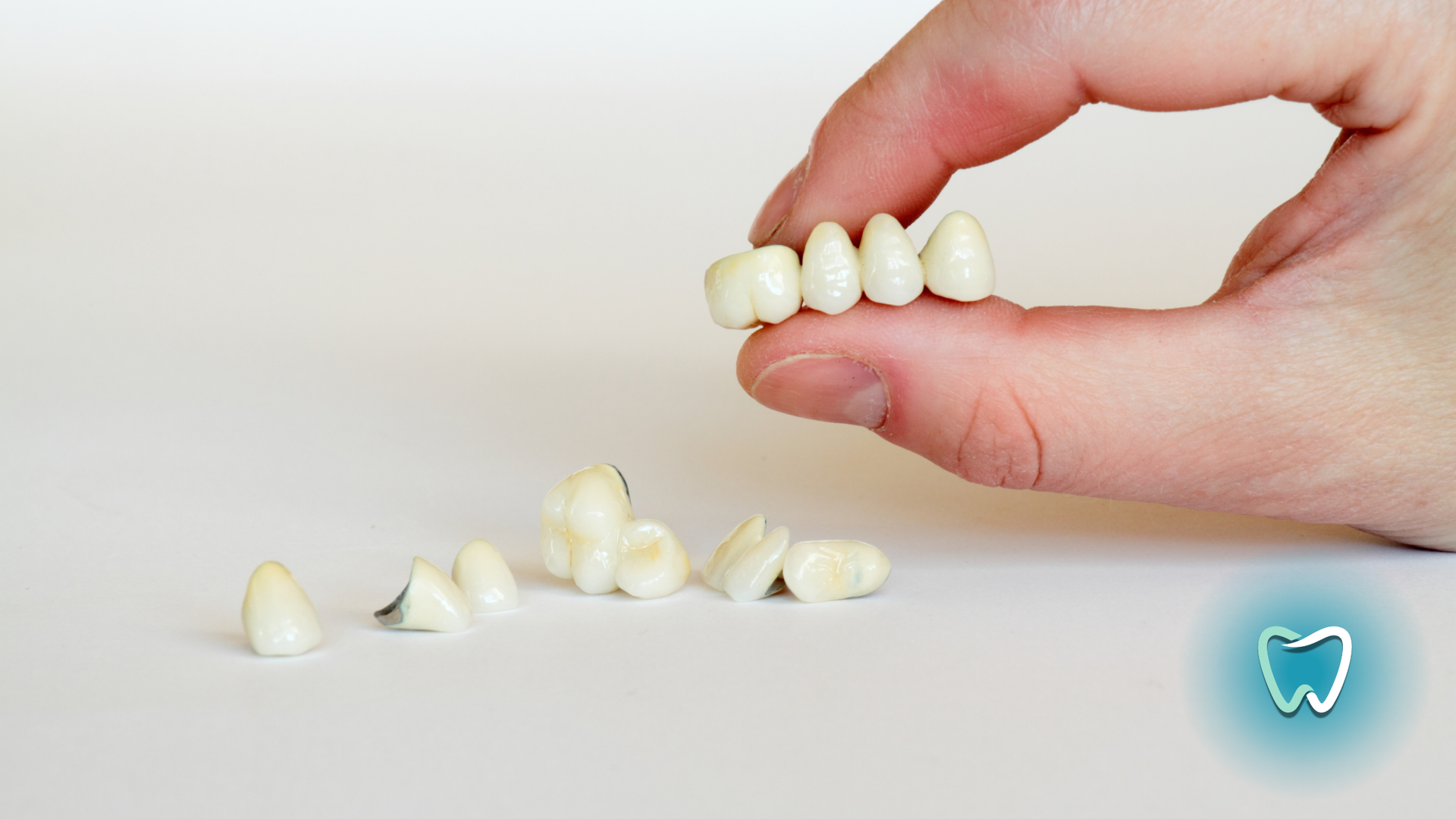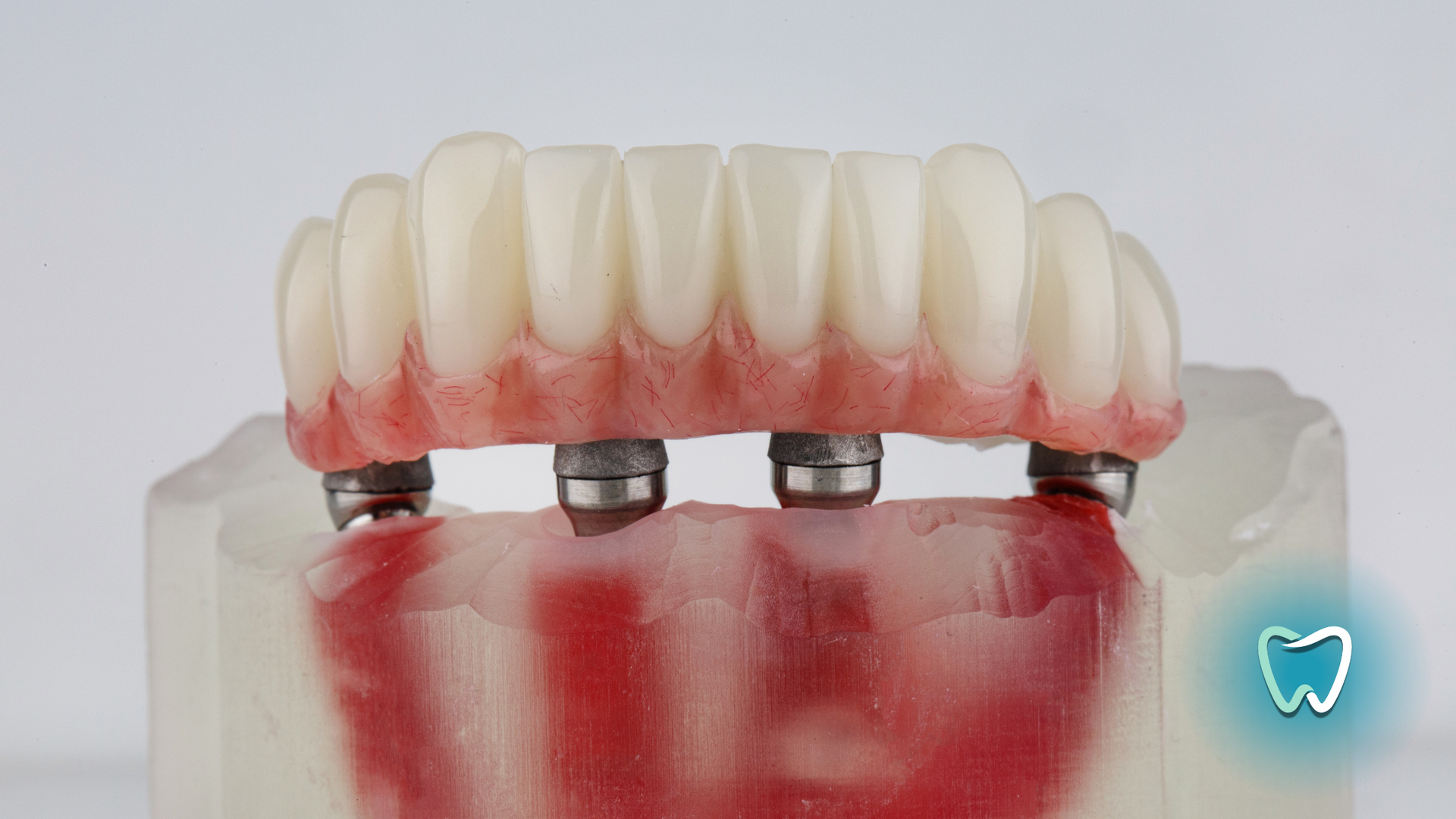How to Care for Your Dental Bridge: Tips for Long-lasting Results

Source: Dr. Marketing
At Windfields Dentistry, we understand just how transformative a dental bridge can be for individuals who have lost one or more teeth. Missing teeth not only affect the functionality of your smile—making it harder to chew your favorite foods or speak clearly—but can also have a significant impact on your confidence. A dental bridge serves as a practical solution, restoring both form and function. It allows you to bite, chew, and speak with ease, while also providing a more complete and natural-looking smile. For many of our patients, this renewed ability to smile confidently has a ripple effect on their social interactions, work life, and overall self-esteem.
But the benefits go beyond appearance. A dental bridge also plays an important role in preserving your oral health. When a gap is left by missing teeth, the surrounding teeth can shift into the empty space, which may lead to bite misalignment or other complications. The bridge helps prevent these shifts, ensuring your bite remains balanced and your remaining teeth are protected from unnecessary stress. However, like any dental restoration, a bridge requires proper care to ensure it stays in optimal condition. At Windfields Dentistry, we emphasize the importance of routine maintenance and good oral hygiene to help you extend the life of your dental bridge and keep your smile looking and feeling its best for years to come.
Types of Dental Bridges

Before diving into essential care tips for maintaining dental bridges, it is crucial to take a moment to understand the various types of dental bridges currently available. This understanding will help ensure that you make informed decisions regarding your oral health. At Windfields Dentistry, we pride ourselves on offering a diverse range of dental bridges tailored to meet the unique needs of each patient. Whether you are looking for a traditional bridge, a cantilever bridge, or a more modern option like a Maryland bridge, we have something for everyone to achieve optimal functionality and aesthetics in your smile:
Traditional Dental Bridge
The most common type of bridge, a traditional bridge involves creating a false tooth (or teeth) held in place by crowns on the adjacent natural teeth. These are strong and durable, making them an excellent solution for restoring teeth where healthy teeth are available on both sides of the gap.
Cantilever Bridge
A cantilever bridge is used when there is only one natural tooth next to the missing tooth or teeth. In this case, the false tooth is supported by a crown placed on just one abutment tooth. While this option is effective, it’s typically used in areas that don’t experience much chewing pressure, such as the front teeth.
Maryland Bonded Bridge
A Maryland bridge, also known as a resin-bonded bridge, uses a metal or porcelain framework that is bonded to the back of the adjacent natural teeth. This type of bridge is often less invasive since it doesn’t require placing crowns on the surrounding teeth. However, it may not be as strong as a traditional or cantilever bridge.
Implant-Supported Bridge
For patients missing multiple teeth, an implant-supported bridge may be the best option. This type of bridge is supported by dental implants instead of crowns or frameworks. The implants provide a strong foundation, making this one of the most stable and durable options. Implant-supported bridges are typically used for larger gaps and areas that require more strength.
The Process of Getting a Dental Bridge

Getting a dental bridge involves multiple steps, and at our dental practice in Oshawa, we ensure each step is handled with care and precision to provide you with the best possible outcome. Here's what you can expect from the process:
Initial Consultation
During your first visit, we will evaluate your dental needs and determine if a bridge is the right option for you. We’ll assess the health of the surrounding teeth and discuss the best type of bridge based on your situation. We’ll also take X-rays or digital impressions of your teeth to ensure we have accurate information for the design of the bridge.
Tooth Preparation
For a traditional or cantilever bridge, we will need to prepare the abutment teeth by reshaping them slightly to accommodate the crowns that will support the bridge. This involves removing a small amount of enamel from these teeth to make room for the crowns. If you're getting an implant-supported bridge, we’ll schedule a separate procedure to place the dental implants.
Impressions and Temporary Bridge
After preparing your teeth, we’ll take impressions or digital scans to create a model of your mouth. This model is used to fabricate your custom bridge so that it fits perfectly and matches the natural shape and alignment of your bite. While your permanent bridge is being made, we’ll place a temporary bridge to protect your teeth and gums.
Fitting the Permanent Bridge
Once your permanent bridge is ready, we’ll schedule a follow-up appointment to fit and place it. At this stage, we’ll ensure the bridge fits comfortably and securely. We may make minor adjustments to the bridge to ensure it feels natural and functions well with your bite. If everything is perfect, we’ll cement the bridge into place permanently.
Aftercare and Follow-Up
After your bridge is placed, we’ll give you detailed aftercare instructions. We will also schedule follow-up appointments to monitor the health of your bridge and the surrounding teeth and gums. The success of your dental bridge depends on how well you care for it, and regular checkups are crucial for its longevity.
How to Care for Your Dental Bridge

Dental bridges are designed to be durable, but without the right maintenance, they can become damaged or fail prematurely. With the right routine, your dental bridge can last anywhere from 5 to 15 years or even longer. To help you get the most out of your dental bridge, let’s dive into the essential care tips that we recommend at Windfields Dentistry.
Maintain Excellent Oral Hygiene
Caring for your dental bridge begins with maintaining good oral hygiene. Just like your natural teeth, your bridge is susceptible to plaque and tartar buildup, which can lead to gum disease and other oral health problems. While the prosthetic tooth (or teeth) in your bridge can’t decay, the teeth supporting the bridge, known as abutment teeth, are still at risk. Keeping these teeth and the surrounding gum tissue clean is crucial for the longevity of your bridge.
Here are a few key steps to follow:
- Brush twice a day: Use a soft-bristled toothbrush and fluoride toothpaste to clean your teeth and bridge gently.
- Floss daily: Our dentists recommend using a floss threader or interdental brushes specifically designed for bridge care.
- Consider a water flosser: A water flosser can be a great addition to your routine.
Use a Soft-Bristled Toothbrush
A soft-bristled toothbrush is gentle on your gums and your bridge material, preventing damage while still being effective at removing plaque.
Watch What You Eat
Certain foods, such as hard candies and sticky sweets, can damage your bridge. We advise patients to avoid these types of food and opt for a balanced diet rich in fruits, vegetables, lean proteins, and whole grains.
Visit Our Dentist Regularly
Regular dental checkups with our expert team are key to maintaining your bridge. We recommend coming in twice a year for cleanings and exams to ensure everything is in good shape. Call our practice in Oshawa today to schedule your appointment.
Protect Your Bridge from Wear and Tear
Grinding your teeth (bruxism) can put excessive pressure on your bridge. We can create a custom nightguard to protect your bridge while you sleep.

Caring for a dental bridge requires commitment, but the rewards are well worth the effort. By following these care tips and understanding the types and process of getting a dental bridge, you can ensure your bridge remains in excellent condition for many years. At Windfields Dentistry, we are committed to helping our patients in Oshawa maintain healthy, beautiful smiles. If you have any questions about your dental bridge or need personalized advice on how to care for it, don’t hesitate to reach out to us.
We are always here to help!



